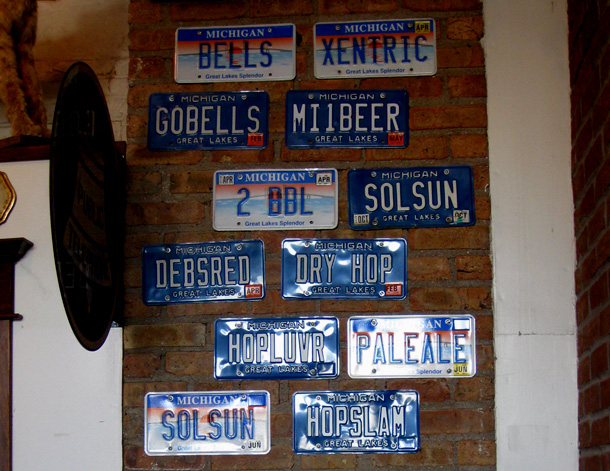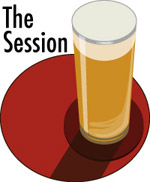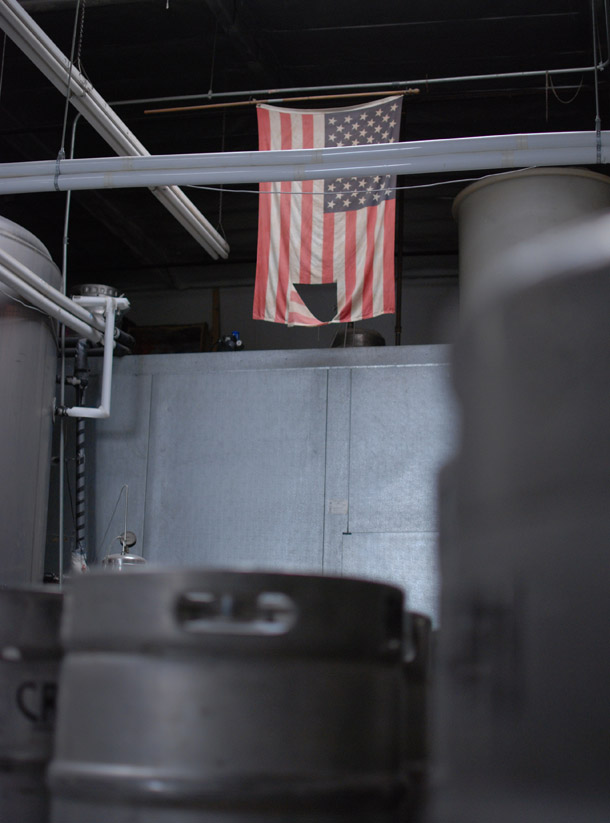You might have overlooked this bit of news yesterday from Molson Coors: “Molson Coors and Heineken announced today that MillerCoors later this year will start distributing, marketing and selling the Mexican import Sol in the United States.”
Shrug, be excited, whatever. For me this provdes an excuse to tell a Larry Bell story. And Larry Bell stories are the best kind of beer stories. It comes from 2009 and appears in Brewing with Wheat.
About five years after Bell began brewing a wheat beer called Solsun he discovered the cloudy summer seasonal had taken on a life beyond the glass. The sororities at Western Michigan, also in Kalamazoo, used the beer’s logo on 600 T-shirts for fall rush.
“I realized I better get some trademark protection,” Bell said. When he filed the papers Mexican brewing company Cerveceria Cuauhtemoc Moctezuma, which brewed a beer called El Sol (the Sun), opposed the application. Since Moctezuma had been around since 1899 Bell’s lawyer suggested he could spend a million dollars fighting for the name and still lose. The good news was Moctezuma would let Bell keep the distinctive logo.
He picked Oberon as the new name in 1996 because, in part, it also has six letters and the label was easy to change. “Oberon was sort of goofy, had some connotations,” Bell said. “If you look at the Latin root it means they wander or go astray. That seemed appropriate.”
Additionally, when Bell was a sixth grader in Park Forest, Illinois, he played the part of Oberon, the fairy king, in Shakespeare’s “Midsummer Night’s Dream.”
“I still have dinner with Queen Titania. She’s looking pretty good,” Bell said.

 What timing, given that it’s
What timing, given that it’s 